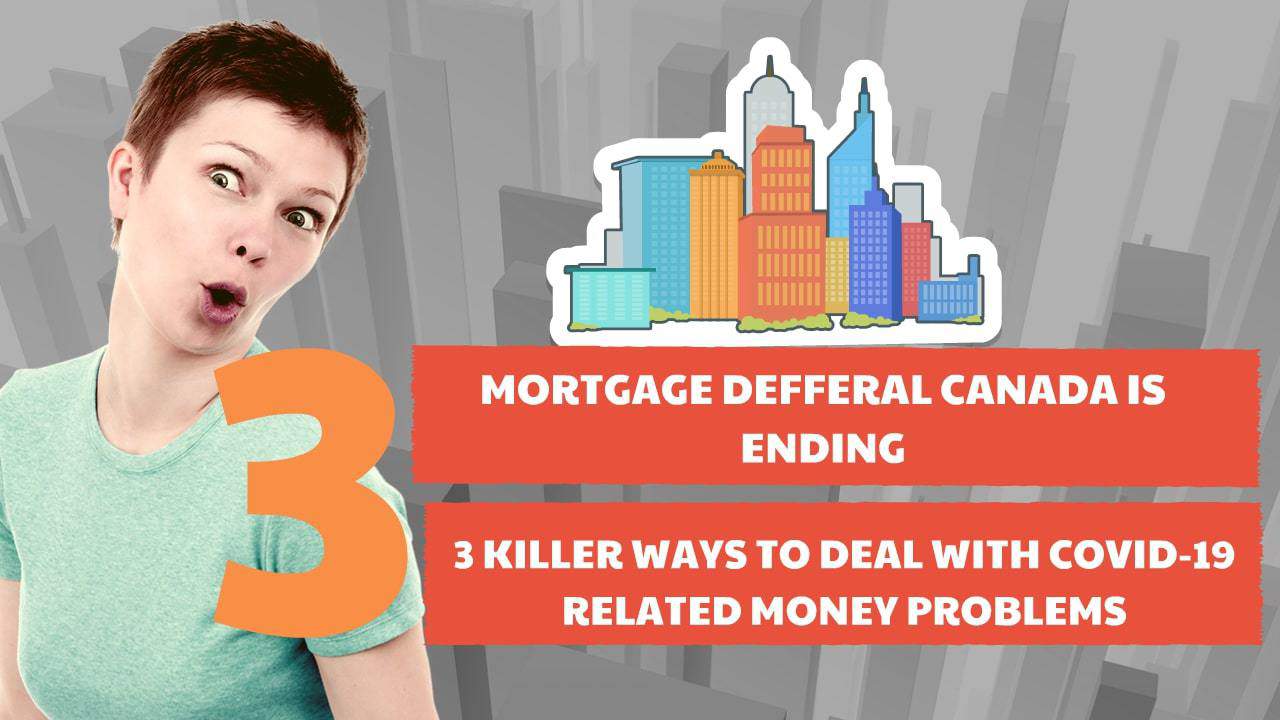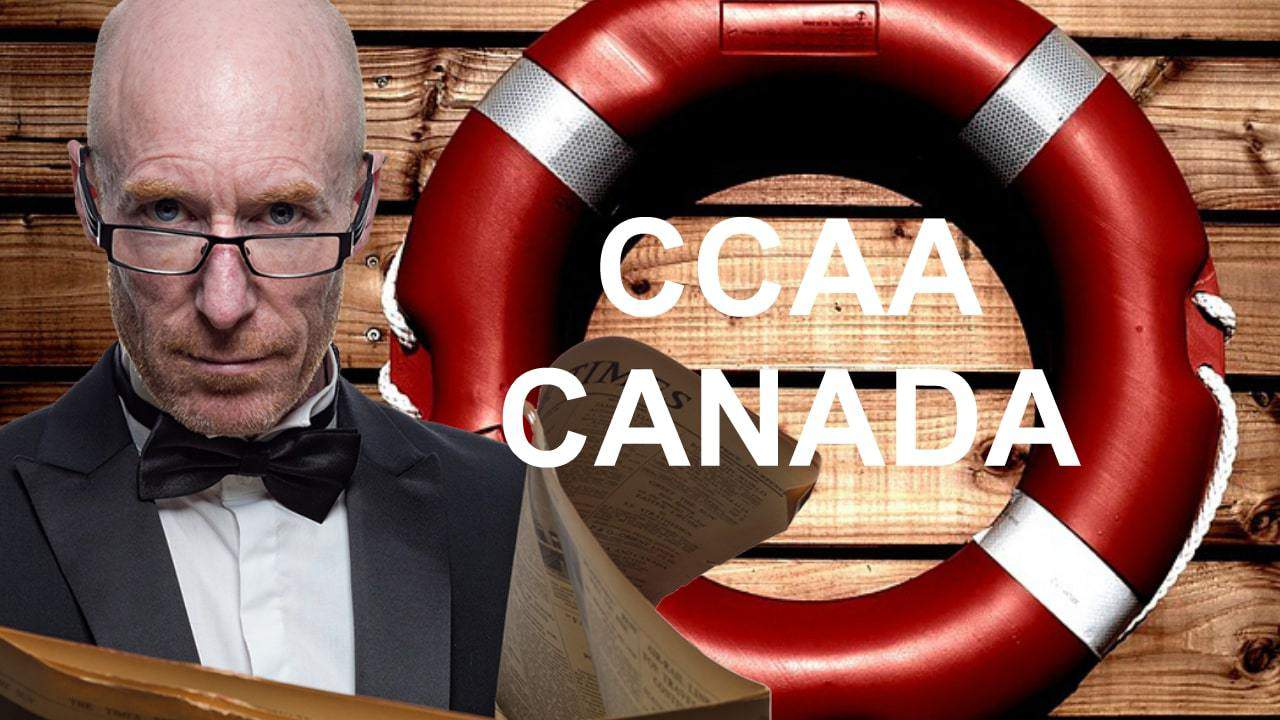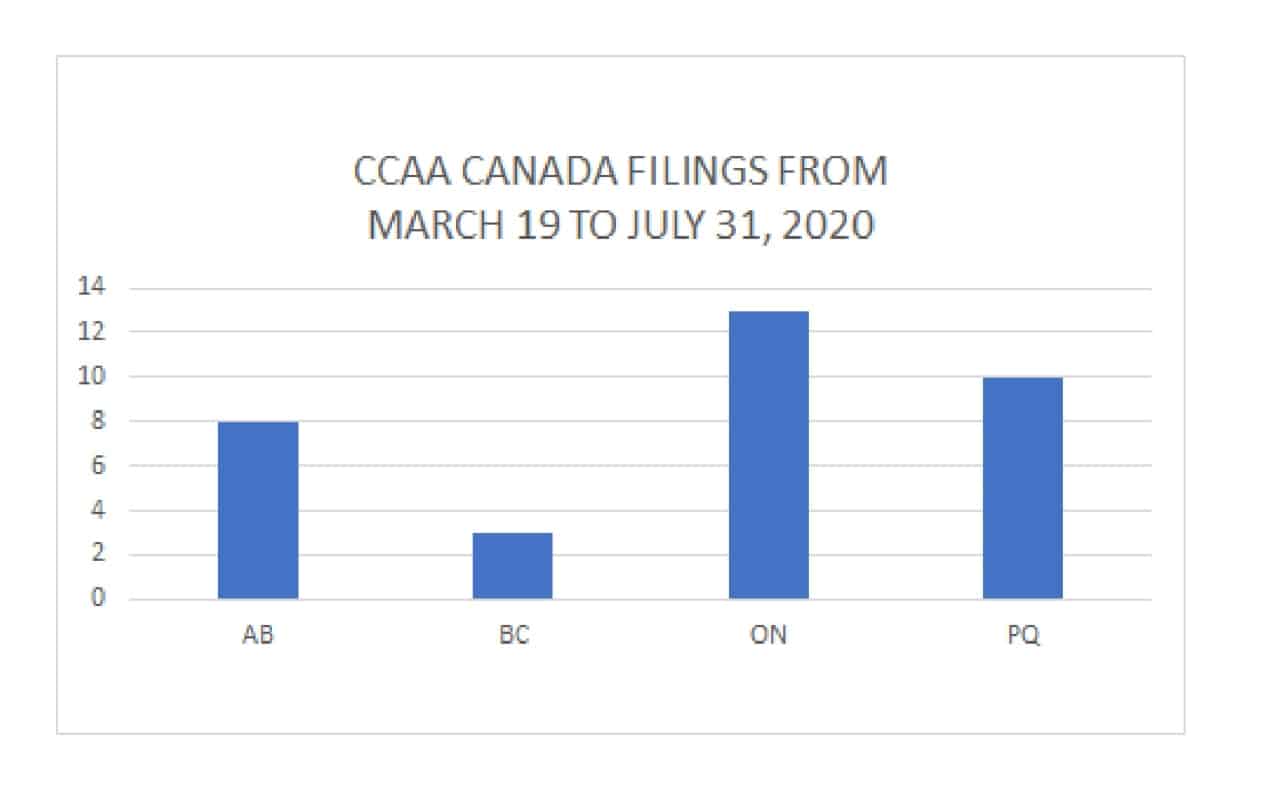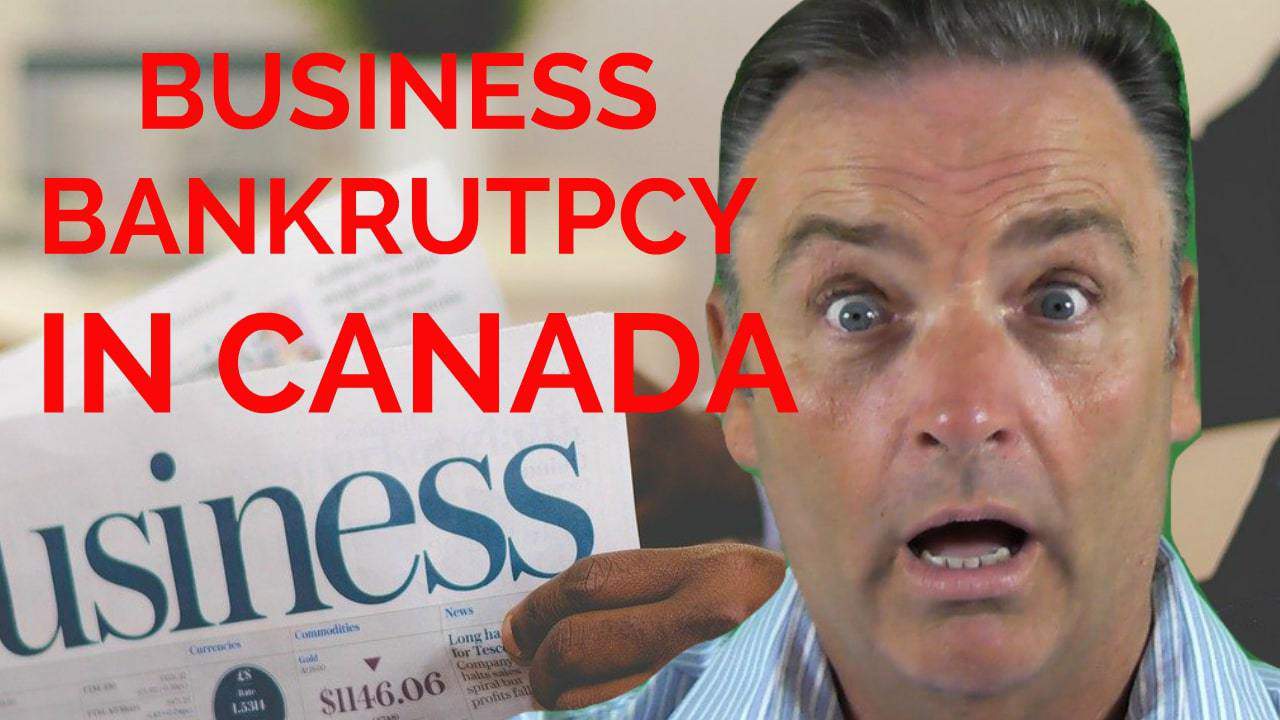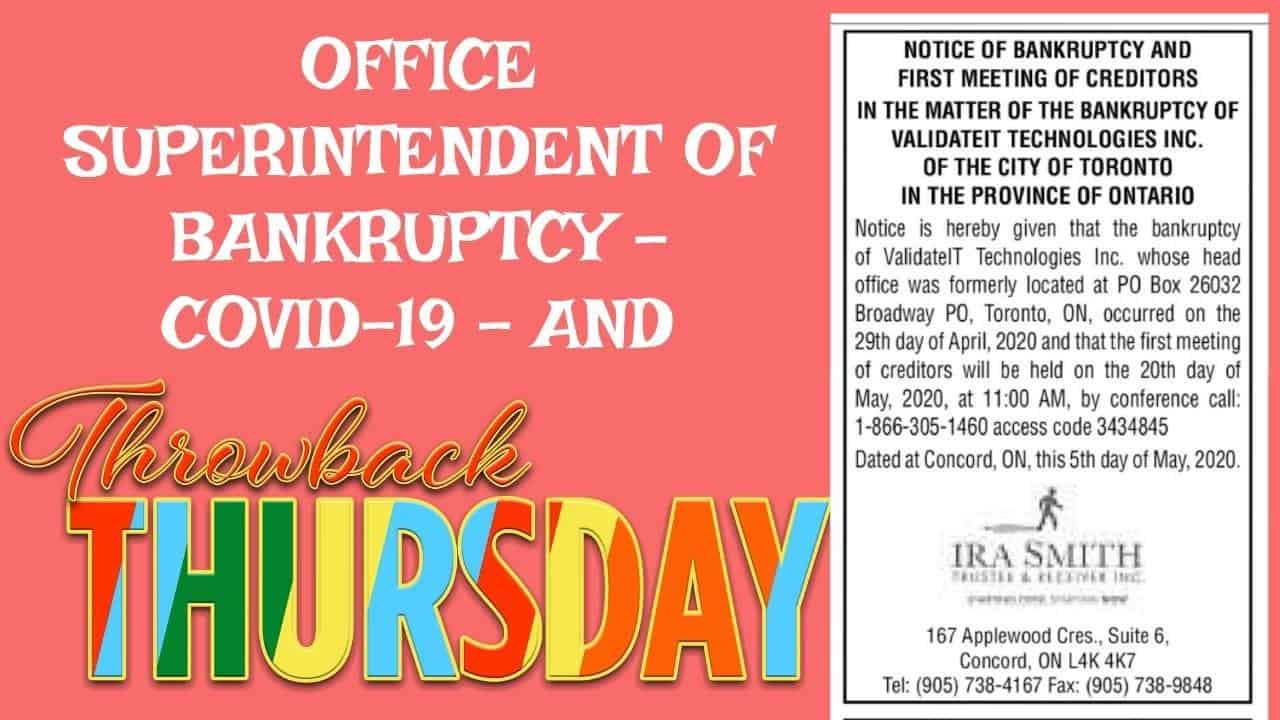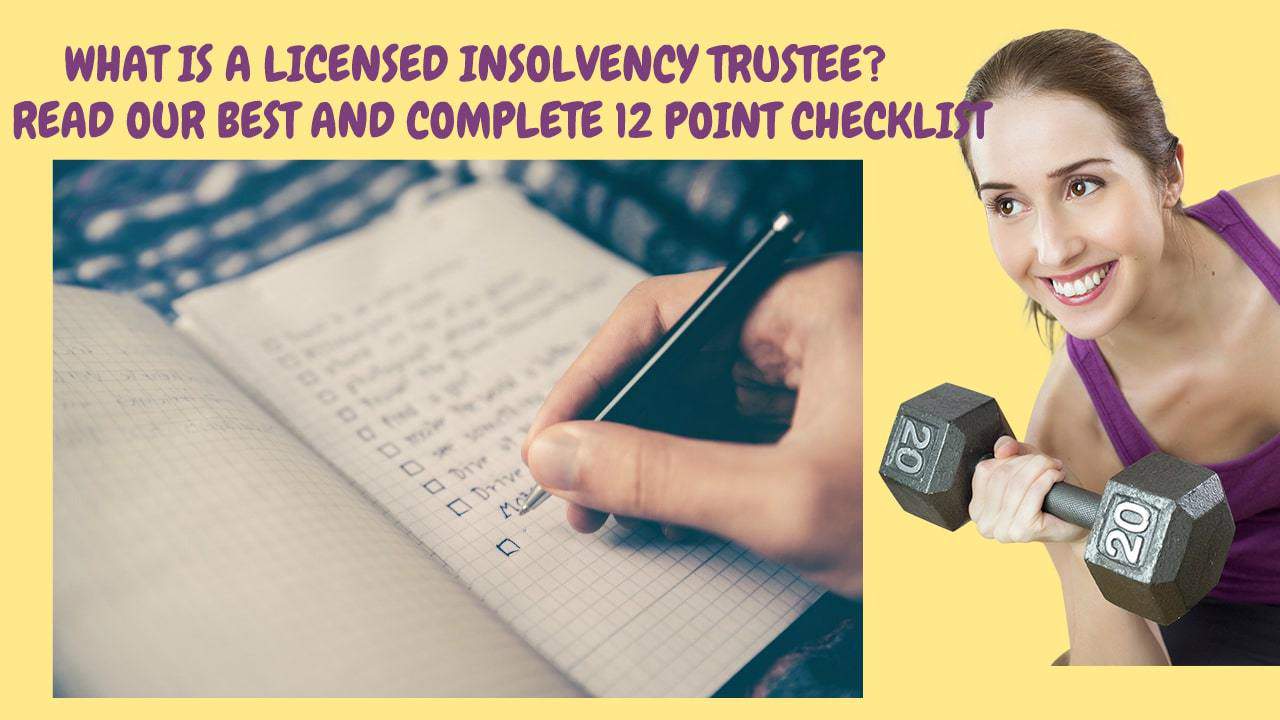
The Ira Smith Trustee Team is absolutely operational and Ira, in addition to Brandon Smith, is readily available for a telephone consultation or video meeting. We hope that you and your family are safe and healthy.
If you would prefer to listen to the audio version of this what is a Licensed Insolvency Trustee Brandon’s Blog, please scroll to the very bottom and click on the podcast.
What is a Licensed Insolvency Trustee introduction
What is a Licensed Insolvency Trustee is a question I see asked regularly. Is it the same as a bankruptcy trustee? The answer is yes. A bankruptcy trustee is an old name. Licensed Insolvency Trustee is the new name. The Office of the Superintendent of Bankruptcy (OSB) changed the name in 2015. The change came about partly because of submissions made by the Canadian Association of Insolvency and Restructuring Professionals (CAIRP).
The change came about since the new name more precisely explains the breadth of solutions they offer to consumers and businesses. The purpose of this Brandon’s Blog is to describe for the stressed-out person who is facing financial challenges, or the entrepreneur whose business is in financial trouble, what is a Licensed Insolvency Trustee all about and give a 12 point checklist to help you find the best one for you.
What is a Licensed Insolvency Trustee?
A Licensed Insolvency Trustee is a financial and debt specialist licensed and supervised by the OSB. The OSB released a directive calling for trustees to utilize the classification of Licensed Insolvency Trustee to more precisely show the solutions they offer.
What is the difference between a Licensed Insolvency Trustee, a credit counsellor, and a debt settlement business?
Licensed Insolvency Trustees, credit counsellors, and financial debt settlement companies, all provide financial guidance. However, they are extremely different.
A Licensed Insolvency Trustee is the only person who can file a bankruptcy or consumer proposal for you. A trustee can also offer you financial advice and help you plan on how to repay your debt. Credit counsellors and debt settlement businesses can give you financial advice and information. They can help you make a budget and make plans to repay your debt. But they can’t file a bankruptcy or consumer proposal for you.
Unlike the others, a Licensed Insolvency Trustee is an Officer of the Court, and as such, is the only financial debt relief professional in Canada legally allowed to administer insolvency proceedings under the Bankruptcy and Insolvency Act (Canada) (BIA).
What is a Licensed Insolvency Trustee and what can they do for me?
A Licensed Insolvency Trustee will first gather info to comprehend the individual’s or business’s entire circumstance, examine the effects of different choices, discuss them with you and also suggest the one he or she really feels is ideal for you. When filing a restructuring debt settlement proposal or for bankruptcy, Licensed Insolvency Trustees will direct the debtor through the whole procedure, will certainly prepare and submit the needed paperwork, and be the one to deal directly with all of your creditors.
So what is a Licensed Insolvency Trustee? It is the only expert that can offer you a complimentary consultation and advice as well as recommendations. After that, she or he will either direct you what to do if you do not need an insolvency process to repair your financial concerns or administer the insolvency procedure if one is required.
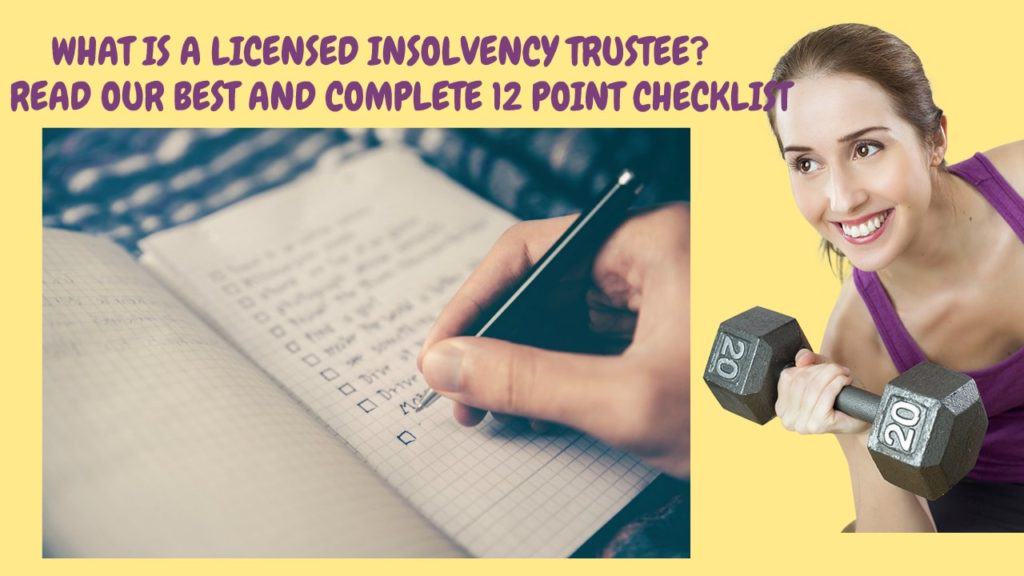
What is a Licensed Insolvency Trustee and what sets them apart?
By now you should realize that a Licensed Insolvency Trustee is licensed and supervised by the OSB. No other professional dealing with consumer or business debt issues is. Licensed Insolvency Trustees also have to go through a rigorous course of study and examinations in order to obtain that license.
So what is a Licensed Insolvency Trustee? It is someone who:
- successfully complete the Chartered Insolvency and Restructuring Professional (CIRP) Qualification Program (CQP), the CIRP National Insolvency Exam and the Insolvency Counsellor’s Qualification Course;
- passed an Oral Board of Examination;
- has been found to be a person of good character and reputation; and
- has been cleared through an RCMP investigation.
What is a Licensed Insolvency Trustee and how are their fees calculated?
There are set calculations and rules that all Licensed Insolvency Trustees must strictly follow when administering a bankruptcy or proposal. Trustee fees are calculated and drawn from the funds that have been paid into each individual proceeding. Licensed Insolvency Trustees are not allowed to simply set their own fees and rates.
In most bankruptcies and proposals, the Licensed Insolvency Trustee’s fees are based on a tariff set by the BIA. Unlike other professionals, working with a Licensed Insolvency Trustee is not a “fee for service” – this means that a phone call to discuss any questions you have or get ongoing support throughout the process won’t result in an invoice.
What is a Licensed Insolvency Trustee and how do I find one?
The best way to find one is through a referral from someone that you trust. This could be your lawyer, accountant, a relative or a close friend. Someone you trust, who refers you to someone they trust, is always the best. I take pride that my Firm has many times helped relatives of lawyers and accountants who we work with. If they are willing to refer a family member to us, that is the highest compliment anyone can pay to me as a professional.
You can also contact a local non-profit credit counselling service. There are two benefits to doing this. A local non-profit credit counselling organization is probably one of the most objective places to find out about all your debt relief options. They’re not trying to sell you anything, and they’re not paid on commission. So they can actually help you look at all your options and see if insolvency (a consumer proposal or bankruptcy) is your best option or if there is something else that might make sense.
The OSB maintains a searchable database of all Licensed Insolvency Trustees in Canada. You can search for a trustee located near you. Finding a trustee near you may be convenient, but, it will not give you a sense of whether you feel you can work with that professional.
You can also search for “licensed insolvency trustee” or “bankruptcy trustee” in your favourite search engine. Just be mindful that the companies who appear at the top of your search results with the word “Ad” next to their name have paid for that listing. It has nothing to do with their expertise or rating.
Looking at the online reviews given by people who have worked with them is a great way to start to get a feel for each professional. If they write blogs or have videos posted online, that will also help to get a feel for the personality of the Licensed Insolvency Trustee.
What is a Licensed Insolvency Trustee and have they been recognized by any rating agencies?
I am pleased to report that, for the 5th year in a row, Ira Smith Trustee & Receiver Inc. has been voted as one of the Top 3 Licensed Insolvency Trustees in Vaughan, ON. (Yes, there are more than 3!). It is gratifying to get recognition fo the professional services we provide and our commitment to full service and support for our clients.
So what is a Licensed Insolvency Trustee and how should I go about choosing one? There are many factors that you must consider. Below is our 12 step checklist to make the best choice for you.
What is a Licensed Insolvency Trustee? Our 12 step checklist to help you find the best one for your situation
- Do they have the necessary qualifications?
- How many cases like yours have they done before?
- Do they go to Court also or do you have to hire a lawyer to do so?
- Is bankruptcy right for you and is it your only option?
- How much will it cost you?
- Will you be dealing with the actual licensee ultimately responsible to the OSB for your file?
- Will you only be seeing one of many clerks once you enter the insolvency process?
- How did you feel after meeting the people at their office after your initial consultation?
- Do they practice exclusively in the bankruptcy/insolvency area?
- Do they have experience in only personal insolvency matters, only corporate insolvency matters, or both?
- Do they have enough experience and the time to handle your matter?
- Will they communicate in a timely manner with you throughout?
As you can see, when trying to answer what is a Licensed Insolvency Trustee and who is the right one for me question, there are many things to consider.
What is a Licensed Insolvency Trustee summary
I hope you found this what is a Licensed Insolvency Trustee Brandon’s Blog about helpful. Sometimes things are too far gone and more drastic and immediate triage action is required.
Do you have too much debt? Are you in need of financial restructuring? The financial restructuring process is complex. The Ira Smith Team understands how to do a complex restructuring. However, more importantly, we understand the needs of the entrepreneur or the person who has too much personal debt. You are worried because you are facing significant financial challenges.
It is not your fault that you are in this situation. You have been only shown the old ways that do not work anymore. The Ira Smith Team uses new modern ways to get you out of your debt troubles while avoiding bankruptcy. We can get you debt relief freedom.
The stress placed upon you is huge. We understand your pain points. We look at your entire situation and devise a strategy that is as unique as you and your problems; financial and emotional. The way we take the load off of your shoulders and devise a debt settlement plan, we know that we can help you.
We know that people facing financial problems need a realistic lifeline. There is no “one solution fits all” approach with the Ira Smith Team. That is why we can develop a restructuring process as unique as the financial problems and pain you are facing. If any of this sounds familiar to you and you are serious in finding a solution, contact the Ira Smith Trustee & Receiver Inc. team today.
Call us now for a free consultation.
We will get you or your company back on the road to healthy stress-free operations and recover from the pain points in your life, Starting Over, Starting Now.
The Ira Smith Trustee Team is absolutely operational and Ira, in addition to Brandon Smith, is readily available for a telephone consultation or video meeting. We hope that you and your family are safe and healthy.

